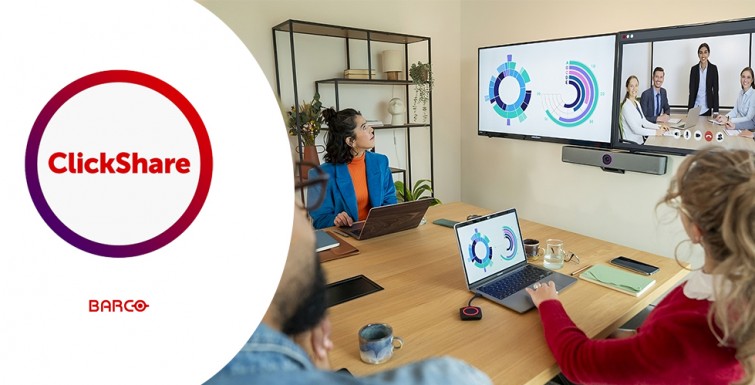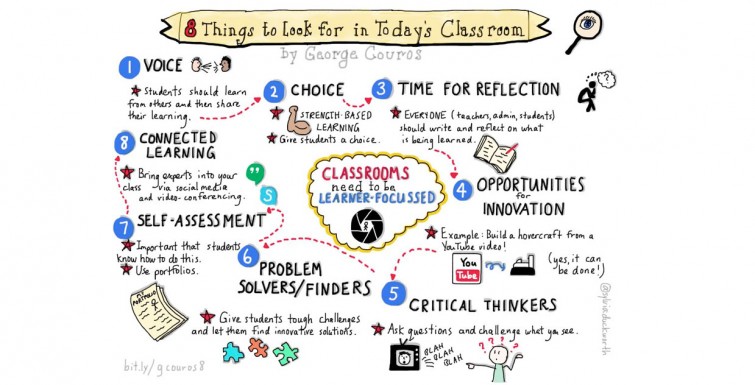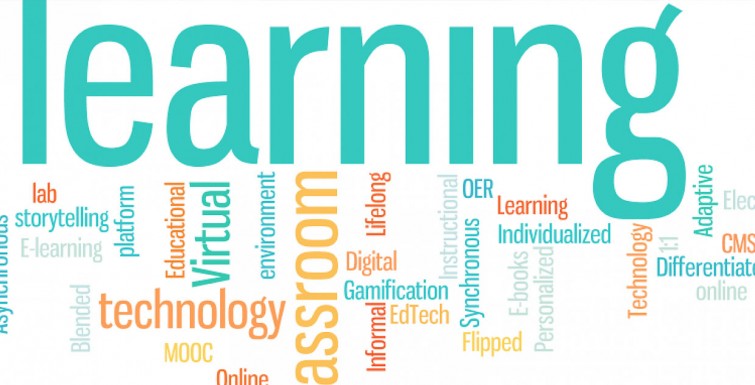In the fast-paced world of hybrid work environments, efficient and engaging communication is crucial. Barco ClickShare All-in-One Video Bars stand out as the ultimate all-in-one solution for wireless conferencing in hybrid conference rooms. With an emphasis on simplicity, quality and sustainability, these video bars are designed to elevate your meeting experience to new heights.
Seamless Collaboration in a Single Click
ClickShare Video Bars redefine the way meetings are conducted, eliminating the hassle of cables and complex setups. With just one click, you can open your laptop and effortlessly connect team members in the office with remote participants. Experience sharp views, crystal-clear audio and natural communication, fostering meaningful hybrid collaboration and increasing productivity.
Crystal-Clear Communication and Interactive Capabilities
One of the standout features of ClickShare Video Bars is their commitment to ensuring crystal-clear communication between meeting participants in various locations. The bars create an inclusive meeting environment by displaying people and content side by side, making everyone truly heard and seen, whether onsite or remote. Enhance engagement with interactive features such as touchback, blackboarding or annotation.
Built Around Your Needs
The simplicity of installation sets ClickShare apart, offering a single, easy-to-install device that consolidates all collaboration, audio and video functionalities in your meeting rooms. The video bars seamlessly integrate with all major video conferencing platforms, providing unparalleled flexibility and ease of use. Transform any space into a flexible meeting room with the wireless conferencing capabilities built into the all-in-one video bar.
Effortless Connectivity and User-Friendly Design
Connect wirelessly in just 7 seconds, allowing your meeting to start promptly. The ClickShare Video Bar range boasts a zero learning curve—it’s self-explanatory and intuitive. No training sessions or manuals are required. Smart Meeting Flows guide you through every step of the meeting, from checking room availability to advanced sharing options, making your life easier and more efficient.
Comprehensive Coverage and Sustainability Goals
Barco understands the importance of comprehensive coverage and sustainability. The ClickShare Video Bars are designed for deployment at scale, ensuring easy installation and reduced Total Cost of Ownership. Enjoy free firmware updates, no license costs and a SmartCare service package with 5 years of coverage and no replacement costs upon device registration.
The commitment to sustainability is evident in the carbon-neutral video bar range. By choosing ClickShare, you contribute to your organisation’s sustainability goals. The enterprise-grade product is highly secure, easily integrated into your network and allows remote management and configuration through XMS Cloud, providing extensive user insights.
Guaranteed Compatibility
ClickShare Video Bars seamlessly integrate with a wide range of conferencing room technologies, ensuring guaranteed compatibility with popular platforms like Microsoft Teams, Zoom, Skype and more. Guests can effortlessly share content using the ClickShare Button, adding an extra layer of convenience to your meetings.
Barco ClickShare Video Bars offer a game-changing solution for wireless conferencing in hybrid environments. Elevate your meetings, reduce complexity and contribute to your organisation’s sustainability goals with this state-of-the-art, all-in-one video bar.
About Barco
Barco was established by its founder Lucien de Puydt in 1934 in the town of Poperinge, in the Flemish-speaking region of Belgium. Initially focusing on assembling radios using parts imported from the United States, de Puydt named his company the Belgium American Radio Corporation, which later became known simply as “Barco.”







